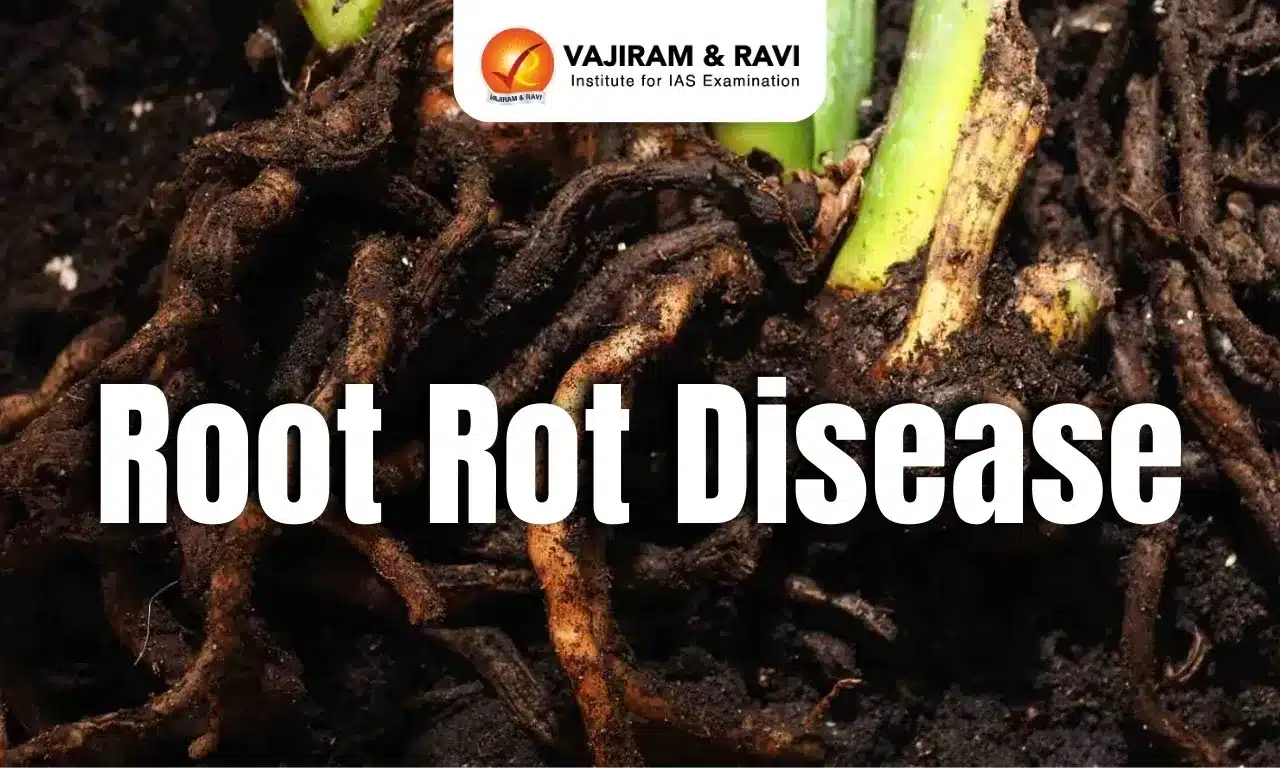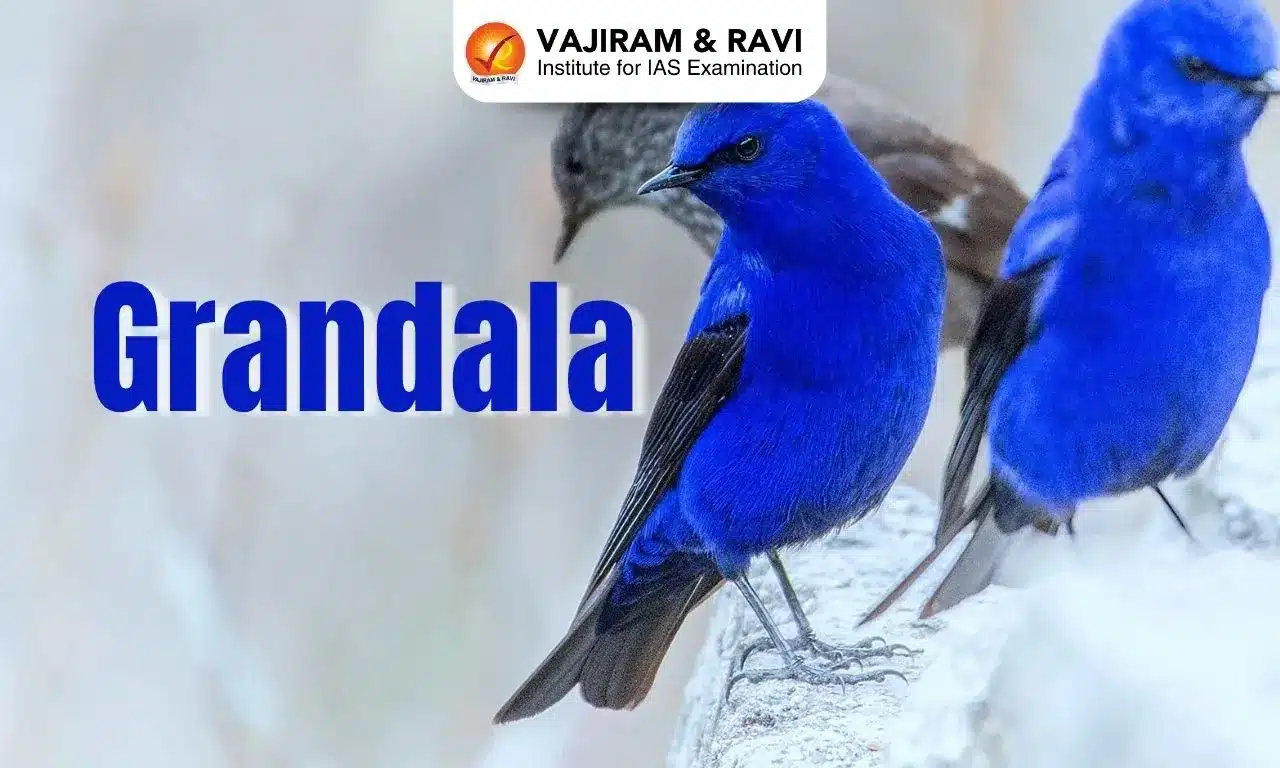Root Rot Disease Latest News
Farmers cultivating ‘pichi poo’ (red jasmine) in Tiruchy, Tamil Nadu, say they are staring at huge losses as the crop has been hit by a fungal infection that causes root decay.
About Root Rot Disease
- Root rots, as the name suggests, attack plants from the ground via their roots.
- This can lead to wilting and plant death.
- These rots may also affect the trunk and stems, causing splits or rots above ground.
- Rots may also affect young plants such as seedlings.
- There are two causes of root rot: overwatering and/or the presence of fungal-like pathogens.
- Overwatering depletes oxygen in the soil, and this causes the roots to stop functioning, become softened, and die.
- Pathogens can also invade plants that are affected by inconsistent or overwatering. The range of pathogens that cause root rots affects many different plants.
- It is caused by numerous fungi, especially Armillaria mellea, Clitocybe tabescens, and Fusarium, and many oomycetes, including Pythium, Phytophthora, and Aphanomyces.
- If a root-rot pathogen is present,it may spread through the soil, carried by soil water,to affect nearby plants.
- Prevention:
- Control measures include planting in well-drained soils, including raised beds, planting resistant varieties (such as plants grafted onto resistant rootstock), or selecting plants that naturally cope well with wet or heavy clay soil.
- Where root rot occurs, remove affected plants. Some fungal treatments are available to treat soils.
Source: NIE
Last updated on July, 2025
→ UPSC Notification 2025 was released on 22nd January 2025.
→ UPSC Prelims Result 2025 is out now for the CSE held on 25 May 2025.
→ UPSC Prelims Question Paper 2025 and Unofficial Prelims Answer Key 2025 are available now.
→ UPSC Calendar 2026 is released on 15th May, 2025.
→ The UPSC Vacancy 2025 were released 1129, out of which 979 were for UPSC CSE and remaining 150 are for UPSC IFoS.
→ UPSC Mains 2025 will be conducted on 22nd August 2025.
→ UPSC Prelims 2026 will be conducted on 24th May, 2026 & UPSC Mains 2026 will be conducted on 21st August 2026.
→ The UPSC Selection Process is of 3 stages-Prelims, Mains and Interview.
→ UPSC Result 2024 is released with latest UPSC Marksheet 2024. Check Now!
→ UPSC Toppers List 2024 is released now. Shakti Dubey is UPSC AIR 1 2024 Topper.
→ Also check Best IAS Coaching in Delhi
Root Rot Disease FAQs
Q1. What is the name of the fungus that causes root rot?+
Q2. How does root rot spread?+
Q3. What is the best treatment for root rot?+
Tags: Prelims Pointers Root Rot Disease Root Rot Disease upsc upsc prelims current affairs














